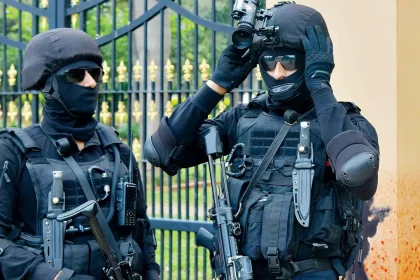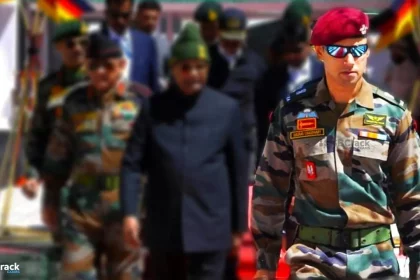Can a Female Become a MARCOS Commando? Answer Will Shock You
The landscape of military service in India has evolved significantly, especially in recent years with respect to gender inclusion. Traditionally,…
Can a Female Join Para SF? The Surprising Truth!
In recent years, the role of women in the Indian Armed Forces has been a focal point for discussion around…
Daily Routine for SSB Aspirants – The Success Schedule to Follow
For defence aspirants preparing for the SSB (Services Selection Board) interview, establishing a structured daily routine is not merely beneficial;…
10 Proven Ways to Stay Calm During SSB Personal Interview
In the journey toward a career in the Defence forces, personal interviews hold a pivotal role, especially during the Services…
How to Become ADC (Aide-de-Camp) to the President of India
To become an Aide-de-Camp (ADC) to the President of India is a distinguished aspiration for many serving officers in the…
MNS Officer Salary & Allowances Revealed – Is It Worth It?
The Military Nursing Service (MNS) in India has a long-standing history of excellence in providing medical care, not only to…


